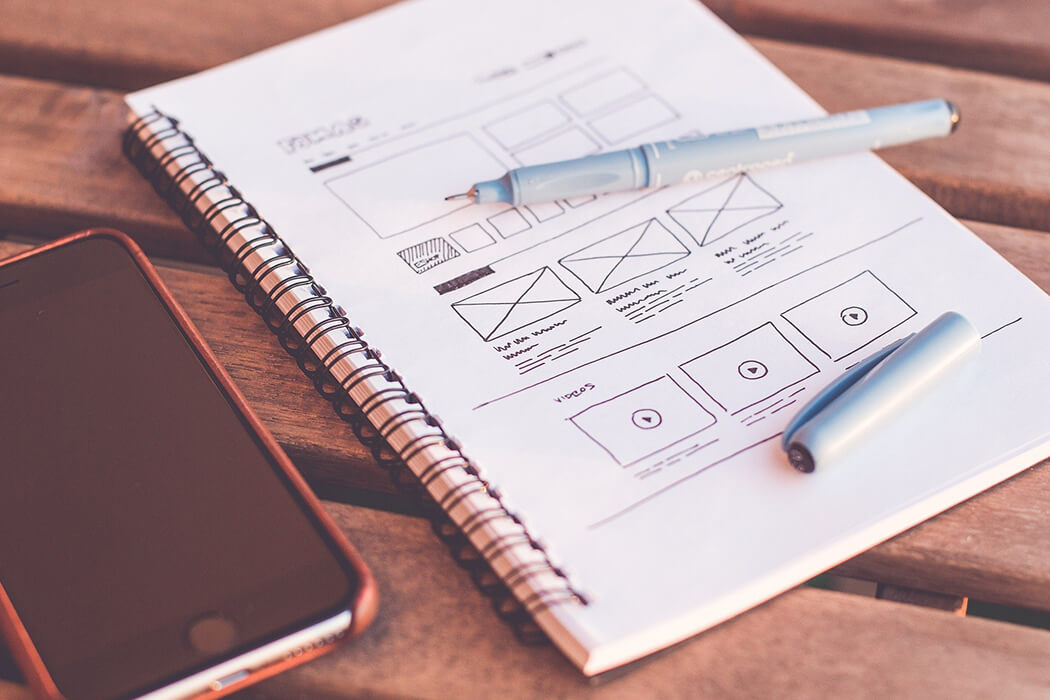
UI/UX development is crucial for creating user-friendly and visually appealing digital experiences that meet the needs and expectations of users.
UI/UX development, which stands for User Interface (UI) and User Experience (UX) development, is a crucial aspect of creating successful and user-friendly digital products, such as websites, mobile applications, and software.
Remember that UI and UX are interconnected, and a successful product requires a harmonious blend of both. Collaboration between designers, developers, and other stakeholders is essential throughout the development process to ensure a positive user experience. Regularly update and improve the UI/UX based on user feedback and evolving design trends.
UI Development
Wireframing and Prototyping
- Begin with wireframing to outline the basic structure and layout of the interface.
- Develop interactive prototypes to visualize user interactions and flow.
Visual Design
- Create a visually appealing design that aligns with the brand identity.
- Pay attention to color schemes, typography, and imagery for a cohesive look.
Responsive Design:
- Ensure the UI is responsive to various screen sizes and devices.
- Implement a mobile-first approach to accommodate the increasing use of mobile devices.
Consistency
- Maintain consistency in design elements such as buttons, icons, and navigation throughout the interface.
Feedback and Animation
- Provide feedback for user actions (e.g., button clicks) to enhance the user experience.
- Use subtle animations to guide users and make the interface more engaging.
UX Development
User Research
- Conduct user research to understand the target audience, their needs, and pain points.
- Create user personas to represent different user groups.
Information Architecture
- Organize content and features in a logical and intuitive manner.
- Use clear navigation paths to help users find information easily.
Usability Testing
- Conduct usability testing with real users to identify and address usability issues.
- Iterate on the design based on user feedback.
Accessibility
- Ensure the interface is accessible to users with disabilities by following accessibility standards (e.g., WCAG).
- Consider factors like color contrast, keyboard navigation, and screen reader compatibility.
Performance
- Optimize performance to ensure quick loading times and a smooth user experience.
- Minimize unnecessary elements that could impact performance.
User Engagement
- Implement features that encourage user engagement, such as personalized content, notifications, and social sharing options.
A/B Testing
- Experiment with different design elements and features through A/B testing to determine what resonates best with users.
Feedback Loops
- Provide mechanisms for users to give feedback and incorporate that feedback into future updates.





















